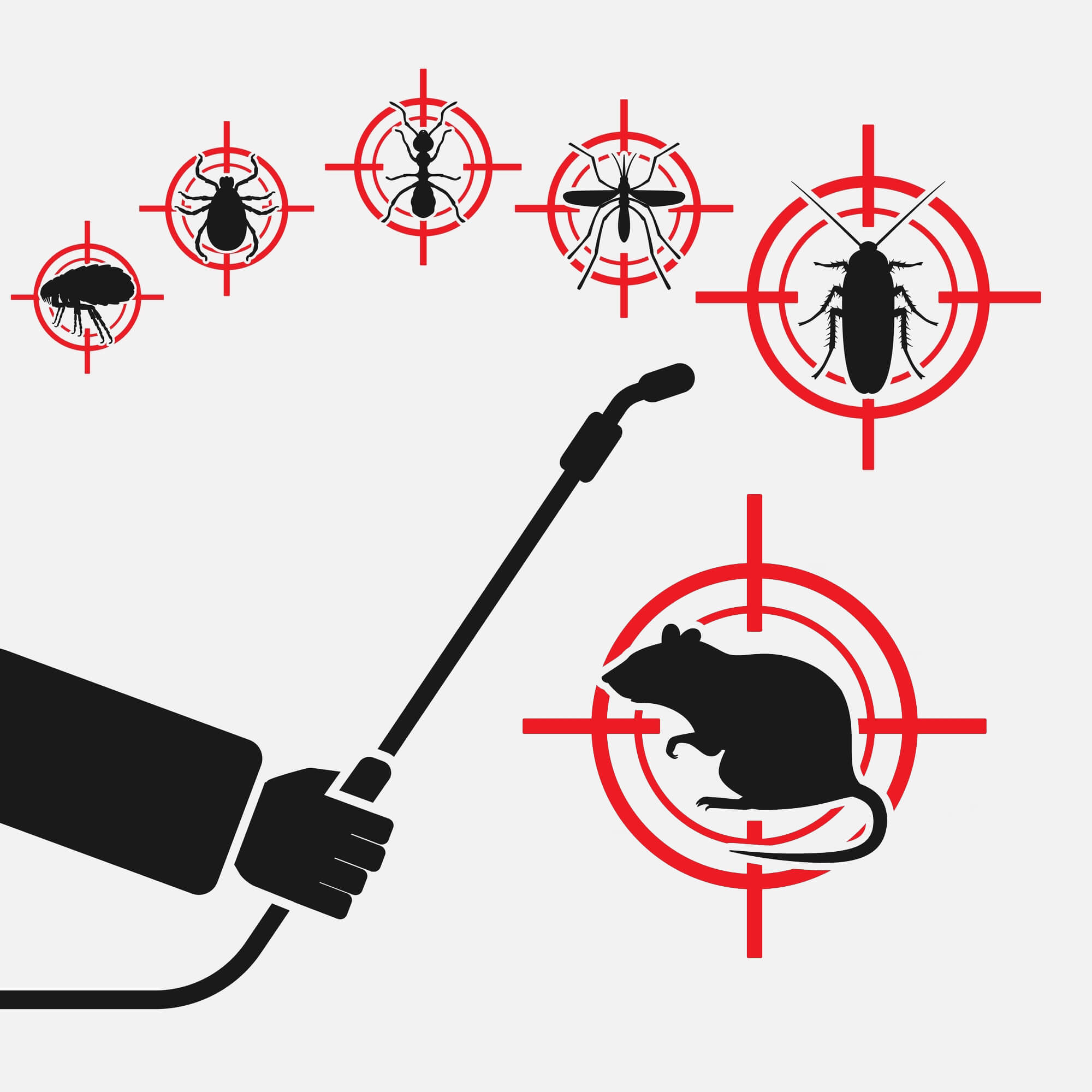Exploring the Impact of Rodent Control in Toronto on Local Groundwater Quality
Rodent control in Toronto is a critical aspect of maintaining public health and ensuring the city's sanitation. As urban areas continue to grow, so does the challenge of managing rodent populations. Rats and mice, commonly found in cities, can cause significant health risks and infrastructural damage. Effective rodent control measures are essential to mitigating these issues. However, an often-overlooked aspect of rodent control is its potential impact on local groundwater quality. Understanding this connection is crucial for developing sustainable and environmentally friendly pest management strategies.
Methods of Rodent Control in Toronto:
Rodent control efforts in Toronto typically involve a combination of
chemical and non-chemical methods. These methods include:
- Chemical
rodenticides: These are poisons used to kill rodents. They are widely
used due to their effectiveness, but they pose significant risks to other
wildlife and potentially to groundwater through leaching and runoff.
- Trapping:
Mechanical traps are a common non-chemical method that physically captures
rodents. While safer for the environment, the disposal of captured rodents
needs careful handling.
- Integrated Pest Management (IPM): IPM combines multiple strategies to manage rodent populations with minimal environmental impact. This approach emphasizes prevention, monitoring, and the use of the least harmful control methods.
Chemical Rodenticides and Groundwater Quality:
The use of chemical rodenticides in Toronto can have significant
implications for groundwater quality. These chemicals, which are designed to be
toxic to rodents, can sometimes seep into the soil and contaminate groundwater
sources. Factors that influence this process include the following:
- Chemical
Composition: Some rodenticides are more persistent in the environment
than others. Second-generation anticoagulants, for instance, are highly
toxic and can remain in the soil for extended periods.
- Application Methods:
Improper application of rodenticides can increase the likelihood of
contamination. Over-application or spillage can lead to chemicals entering
the soil and, subsequently, the groundwater.
- Environmental Conditions: Weather patterns, soil type, and the proximity of application sites to water sources all play a role in the potential for groundwater contamination.
Non-Chemical Methods and Environmental Safety:
Non-chemical rodent control methods, such as trapping and habitat
modification, generally pose fewer risks to groundwater quality. These methods
focus on physical removal and prevention, reducing the need for harmful
chemicals. However, they come with their own set of challenges.
- Effectiveness:
Non-chemical methods may not always be as effective in controlling large
rodent populations, necessitating a more frequent application.
- Labor and Cost: These methods can be more labor-intensive and costly compared to chemical alternatives, making them less attractive for large-scale implementation.
Integrated Pest Management (IPM) and Sustainable Solutions:
Integrated Pest Management (IPM) offers a balanced approach to rodent
control in Toronto. By combining multiple strategies, IPM aims to minimize
environmental impact while effectively managing rodent populations. Key
components of IPM include:
- Monitoring and
Prevention: Regular monitoring helps identify rodent activity early,
allowing for targeted interventions. Preventative measures, such as
sealing entry points and maintaining clean environments, reduce the
likelihood of infestations.
- Biological Controls:
Utilizing natural predators and biological agents can help control rodent
populations without harmful chemicals. This method is environmentally
friendly but requires careful management to avoid unintended ecological
impacts.
- Education and Awareness: Educating the public and stakeholders about the importance of proper rodent control practices can enhance the effectiveness of IPM. Awareness campaigns can promote the safe use of rodenticides and encourage non-chemical methods.
Case Studies and Local Initiatives:
Several local initiatives and case studies in Toronto highlight the
impact of rodent control efforts on groundwater quality:
- Urban Park
Management: In many of Toronto's urban parks, IPM strategies have been
successfully implemented to manage rodent populations. These efforts have
shown that reducing chemical rodenticide use can lower the risk of
groundwater contamination while maintaining effective rodent control.
- Community Programs:
Community-driven programs in Toronto neighborhoods focus on education and
prevention. By involving residents in monitoring and maintenance, these
programs help reduce reliance on chemical rodenticides and protect local
water sources.
- Research and Innovation: Ongoing research by local universities and environmental organizations aims to develop new, safer rodent control methods. Innovations such as biodegradable rodenticides and advanced trapping technologies hold promise for the future of sustainable pest management.
Challenges and Future Directions:
Despite the progress made, several challenges remain in balancing
effective rodent control with the protection of groundwater quality in Toronto:
- Resistance
Development: Overuse of chemical rodenticides can lead to resistance
in rodent populations, necessitating the use of stronger and potentially
more harmful chemicals.
- Public Compliance:
Ensuring public compliance with IPM practices and non-chemical methods
requires continuous education and engagement efforts.
- Funding and Resources: Adequate funding and resources are essential to support comprehensive rodent control programs that prioritize environmental safety.
Looking forward, Toronto's approach to rodent control must continue to evolve. Emphasizing research, public education, and the integration of new technologies will be crucial in developing sustainable strategies that protect both public health and the environment. Collaboration between government agencies, environmental groups, and the community will be key to achieving these goals.
Rodent control in Toronto is a complex issue that extends beyond simple pest management. The potential impact on local groundwater quality highlights the need for careful consideration of the methods used. By adopting integrated pest management practices, prioritizing non-chemical methods, and fostering community involvement, Toronto can effectively manage rodent populations while safeguarding its valuable water resources. As the city continues to grow and evolve, so too must its strategies for maintaining a healthy and sustainable urban environment.
If you need more information about pest control visit here!


Comments
Post a Comment